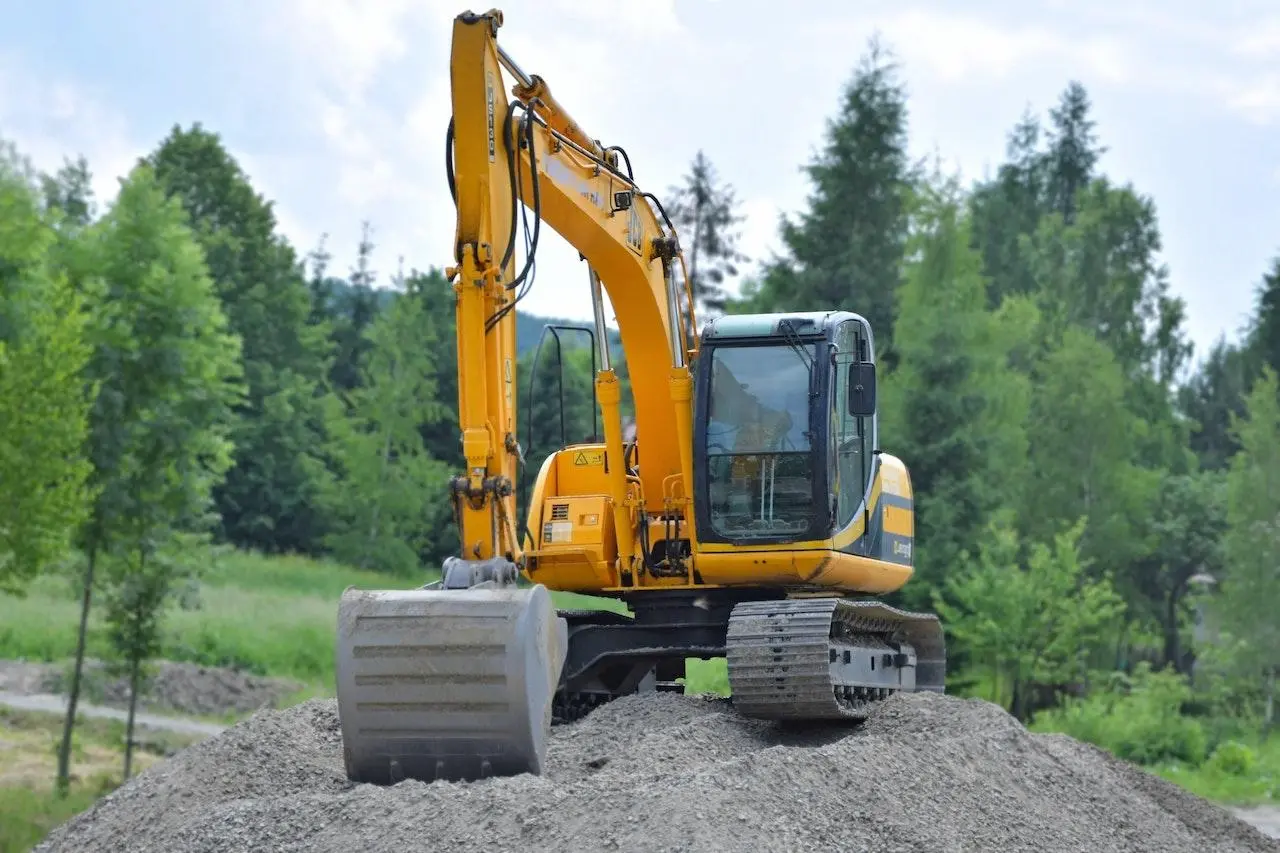Types Of Excavators Used For Construction
Just like Multiverse, there is an excavatorverse worth exploring. Knowing about the types of excavators available in the market is a great start in the world of mission-critical heavy machinery for the construction industry.
But on a more serious note, excavators come in various sizes, shapes, and designs depending on the function. You will find every kind of design suited for all construction projects, from mini and small excavators to large dragline excavators.
Excavators are critical equipment for all construction job sites. A rotating cab, bucket, and movable tracks are the most distinguishing features of any excavator. The factor that makes all the difference is the size of the excavators. The excavator size is directly proportional to its digging capacity and mobility range.
For instance, the Sany SY16C 1.7T mini excavator operates at 14.6 kW, while their largest mini excavator, SY35U 3.8T, operates at a staggering 2200 kW. The type of excavator you need will depend on your requirements, like the terrain you will be working on, the size of the work site, and more.
In this article, we will explore five different kinds of excavators commonly used in the Australian construction industry.
5 Types Of Excavators Used In The Construction Industry
- Compact Excavators:
Compact excavators, also known as mini or small excavators, are mostly used for medium-sized construction sites. These machines are adaptable and versatile and can do everything a larger machine can. The only differentiating factors are the size and overall power.
Here Are Some Advantages Of Using Compact Excavators For Your Construction Projects:
- Easy Transportation
- Easy Access
- Minimum Wear And Tear
- Cheaper To Hire And Operate
These mini excavators can operate easily within confined spaces. It will also save you fuel, thanks to its lower weight than standard excavators.
- Crawler Excavators:

Unlike their other counterparts that run on wheels, these excavators run on tracks like a tank. Crawler excavators are mostly used in heavy construction job sites and mining projects.
These medium excavators lift soil and heavy debris from worksites using hydraulic mechanisms. The key feature of these excavators is the chain track system and the chassis that resembles a tank.
The chain track enables the excavator to climb incline planes like hilly regions with ease and less risk, making it perfect for construction sites in hilly areas and uneven ground conditions. While it can be comparatively slower than other excavators, it is more stable and flexible while working on rough terrain.
- Wheeled Excavators:

The wheeled excavator is very similar to crawler excavators, except that the former runs on wheels instead of tracks. Unlike crawler excavators, the wheeled excavator produces less traction and works best on flat concrete or asphalt surfaces.
Although you cannot use wheeled excavators on sloppy or hilly construction sites, it is comparatively faster than crawlers and easier to maneuver.
- Suction Excavators:
The name is self-explanatory and works as a high-power, large-sized vacuum for debris cleanups and underground digging projects. The suction excavator or a vacuum excavator provides 400 horsepower and uses a pipe to suck out the debris or soil.
The excavators first loosen up the soil by releasing a stream of water. Sharp bucket teeth are created at the edge of the pipe to create a 200 m/hr vacuum to carry away the debris and soil. The suction excavator is best suited for sensitive underground digging projects as it reduces the risk of damage by 50 per cent.
- Dragline Excavators:
This large excavator uses a dragline system for large-scale civil engineering projects like road excavation, underwater excavating, canal dreading, deep pile driving, and surface mining. The excavators feature a hoist rope system attached to a bucket through a hoist coupler. The opposite side of the bucket is linked to a dragline that goes down to the cab.
While the hoist rope is used to lower and raise the bucket, the dragline brings the bucket to the excavator operator. Dragline excavators are huge and are often assembled on the worksite. It serves a unique purpose and is mostly used in specific construction projects.
In Conclusion:
These are just five out of the many types of excavators available in the market. They are all unique and useful in different ways. Select the one that is the right fit for your construction and developmental projects.

